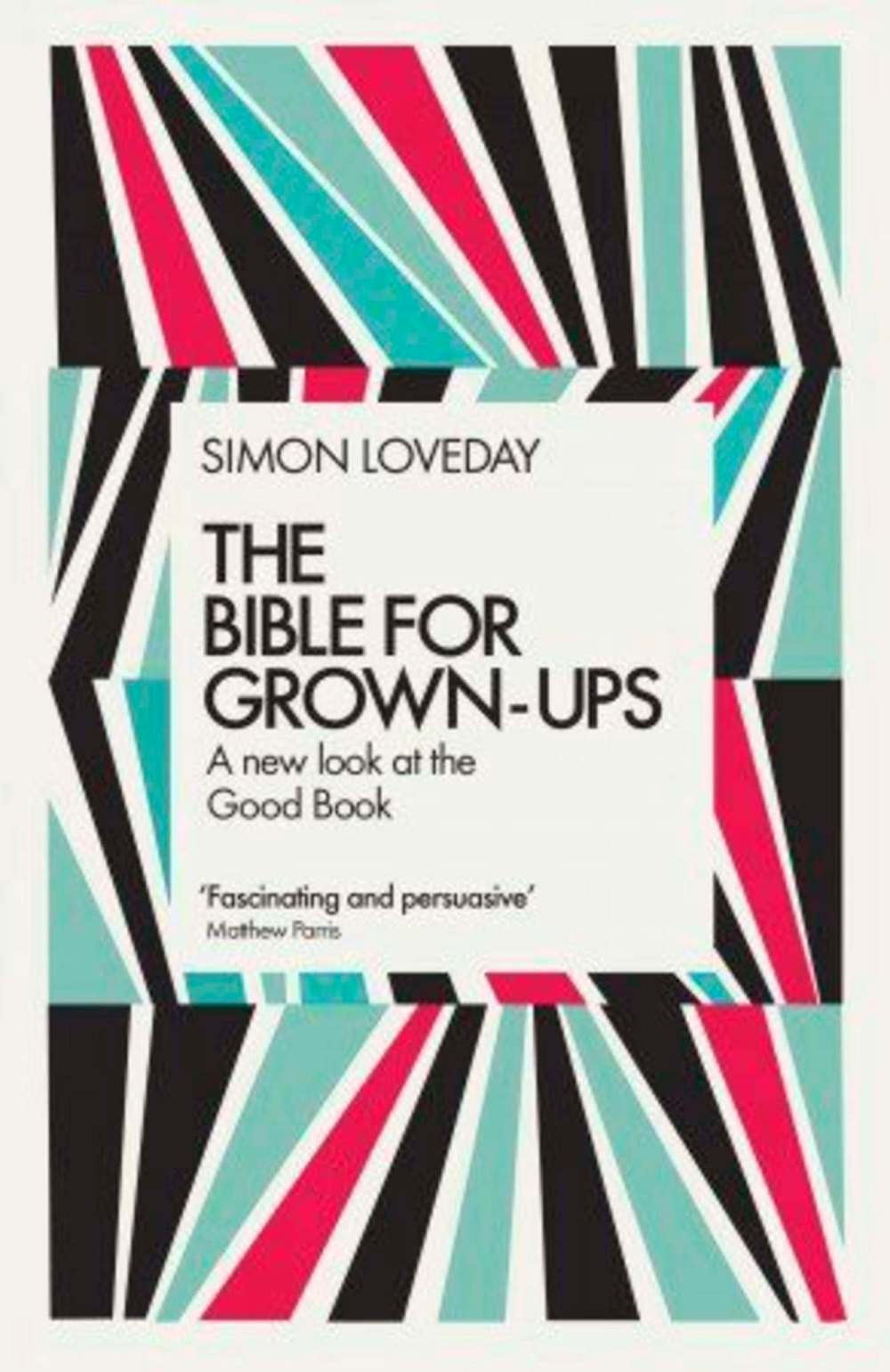History of holy text wholly enjoyable
Advertisement
Read this article for free:
or
Already have an account? Log in here »
To continue reading, please subscribe:
Monthly Digital Subscription
$0 for the first 4 weeks*
- Enjoy unlimited reading on winnipegfreepress.com
- Read the E-Edition, our digital replica newspaper
- Access News Break, our award-winning app
- Play interactive puzzles
*No charge for 4 weeks then price increases to the regular rate of $19.00 plus GST every four weeks. Offer available to new and qualified returning subscribers only. Cancel any time.
Monthly Digital Subscription
$4.75/week*
- Enjoy unlimited reading on winnipegfreepress.com
- Read the E-Edition, our digital replica newspaper
- Access News Break, our award-winning app
- Play interactive puzzles
*Billed as $19 plus GST every four weeks. Cancel any time.
To continue reading, please subscribe:
Add Free Press access to your Brandon Sun subscription for only an additional
$1 for the first 4 weeks*
*Your next subscription payment will increase by $1.00 and you will be charged $16.99 plus GST for four weeks. After four weeks, your payment will increase to $23.99 plus GST every four weeks.
Read unlimited articles for free today:
or
Already have an account? Log in here »
Hey there, time traveller!
This article was published 22/04/2017 (3119 days ago), so information in it may no longer be current.
Few people would deny the influence and relevance of the Holy Bible — even those who don’t consider it holy.
However, few people would claim to understand all of it.
Why are there two different creation stories in the Book of Genesis? Why do laws contradict themselves? Why are there four Gospels about Jesus’s life?

The late British anthropologist and literary critic Simon Loveday doesn’t claim to have the answers, but he offers historical context and textual analysis of an all-time bestseller.
Straddling academia and popular history, The Bible for Grown-Ups is the result of 12 years of research, written for those wanting a different perspective on the Good Book.
As Loveday explains of his work, “It neither requires, nor rejects, belief. What it tries to do is help intelligent adults to make sense of the Bible — a book that is too large to swallow whole, yet too important in our history and culture to spit out.”
Loveday mostly remains “theologically neutral,” although readers may resent his implication that anyone who disagrees with his findings has the “naiveté of a child.”
He also makes it clear that his work is textual analysis of the Bible, not religion or the nature of God.
He tackles the 1,200 pages of the Bible in three sections — the Old Testament, the New Testament and commentary on the works as a whole. In the first two, he examines the order in which the individual pieces were written, the historical contexts that influenced the writers and views the authors had on the nature of God.
Loveday starts by reminding readers that the Old Testament was “the work of a variety of authors over several hundred years,” which has been rewritten, copied and translated multiple times.
This explains the differences in stories and laws within the first five books — Genesis, Exodus, Leviticus, Numbers and Deuteronomy.
Readers will sit up in understanding when they learn that these books are a collaboration of writings brought together by four authors with different perspectives and agendas — one of whom may even have been a woman — before being woven and edited into the collection we know by a fifth author, which accounts for some of the contradictions and repetitions.
Readers of the Christian faith may be surprised by Loveday’s analysis of the New Testament.
Loveday asserts certain stories about Jesus in the Gospels were meant not as factual history, but as symbolic ideas to emphasize His role as the Messiah — such as Jesus’s birth in Bethlehem.
He clarifies that he does not mean to imply that the Gospels lie.
“The notion of history as a critical analysis of observable and verifiable events in the past is a product of the modern age; it would have been an altogether foreign concept to the gospel writers for whom history was not a matter of uncovering facts, but of revealing truths.”
The final section looks at the books as a whole, arguing that just as the architectural integrity of a building cannot be judged by looking at one window, the Bible cannot be understood by focusing on single sections.
While the content is dense, his writing is understandable and makes good use of examples — such as when he compares compiling the Old Testament to putting together a coherent history from a used-book warehouse.
He also applies humour throughout, such as cheekily noting that Deuteronomy 5:13-14 forbids a man, his children, servants and farm animals from working on the Sabbath, but exempts his wife from resting.
While his theses may be uncomfortable for some, the work is an insightful perspective on the Good Book for readers of any faith — or none.
Kathryne Cardwell is a Winnipeg writer.

